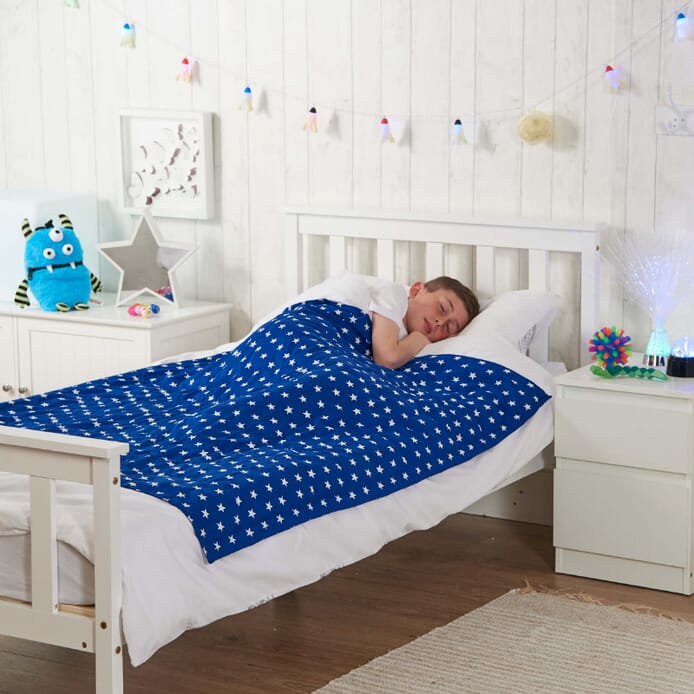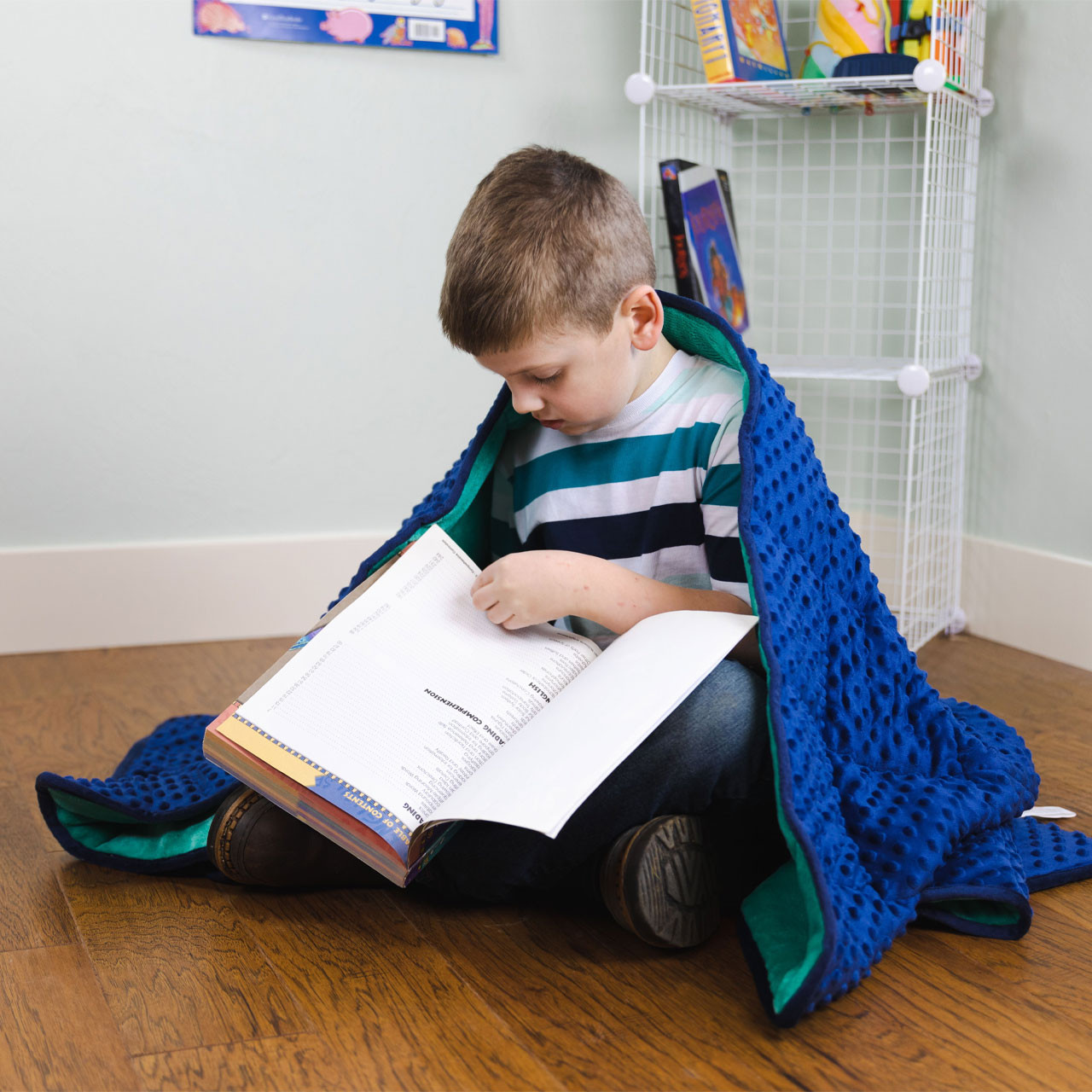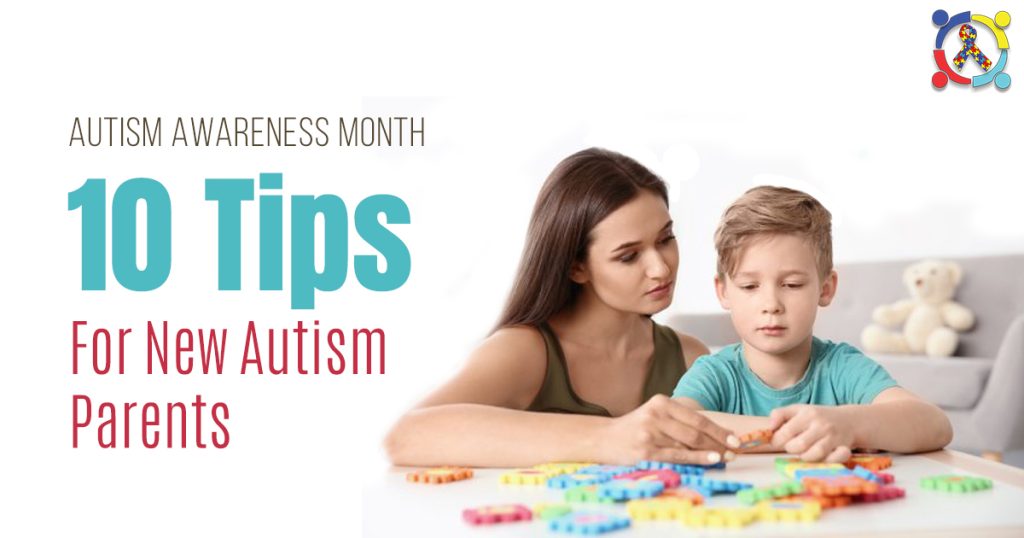You want the best for your child, especially when it comes to their comfort and well-being. If your child has autism, you might be exploring different ways to help them feel calm and secure.
Weighted blankets have gained popularity as a potential tool for providing comfort to kids with autism. But are they truly effective? You may have questions about how they work, their benefits, and if they’re safe for your child. We’ll dive into the world of weighted blankets and explore whether they could be a helpful addition to your child’s routine.
Understanding their potential impact can empower you to make informed decisions for your child’s unique needs. Stay with us to uncover the facts and insights that could make a difference in your child’s daily life.

Credit: www.sensorydirect.com
Benefits Of Weighted Blankets
Weighted blankets offer numerous benefits for kids with autism. These specially designed blankets provide gentle pressure, which can be soothing. They help in creating a sense of security, similar to a comforting hug. This pressure can lead to improved sleep and reduced stress levels. Parents often find these blankets beneficial for children with sensory processing issues.
Improved Sleep Quality
Many kids with autism experience sleep difficulties. Weighted blankets may help improve sleep quality. The pressure from the blanket can make it easier for children to fall asleep. It promotes deeper sleep by reducing nighttime awakenings. A restful night can enhance daytime focus and mood.
Enhanced Calmness And Relaxation
Weighted blankets can help children feel more relaxed. The gentle weight can calm the nervous system. It can make bedtime less stressful for kids with autism. They may feel more comfortable and at ease. This relaxation can extend to daytime activities too.
Reduced Anxiety And Stress
Weighted blankets can help lessen anxiety in children. The pressure mimics deep touch therapy, which is calming. Kids may feel safer and less anxious under the blanket. Stress levels can decrease, leading to a better overall mood. Parents notice a positive change in their child’s demeanor.
Sensory Processing Support
Weighted blankets support sensory processing by providing consistent sensory input. Children with autism may struggle with sensory overload. The blanket offers a predictable sensation that can help regulate their senses. It can aid in reducing sensory meltdowns. This support can be vital for daily activities.
How Weighted Blankets Work
Weighted blankets have gained attention for their potential benefits. These blankets can offer comfort to kids with autism. Understanding how they work is key.
Deep Pressure Stimulation
Weighted blankets use deep pressure stimulation. This is a firm and gentle pressure on the body. It feels like a warm hug. The pressure helps calm the nervous system. It can reduce anxiety and stress. Children with autism may find this comforting. The steady weight can enhance relaxation. It also helps with sleep.
Effects On The Nervous System
Pressure from weighted blankets affects the nervous system. It can lower heart rate and blood pressure. This creates a sense of calm. The body releases serotonin. This hormone boosts mood. Serotonin can promote a sense of happiness. The blanket’s weight also triggers melatonin production. Melatonin helps regulate sleep. Kids with autism can benefit from better sleep patterns.
Choosing The Right Weighted Blanket
Weighted blankets can offer comfort to kids with autism. These blankets provide gentle pressure, which may help calm sensory sensitivities. Choose a blanket with the right weight to ensure safety and effectiveness for your child.
Choosing the right weighted blanket for a child with autism is crucial. The perfect blanket can provide comfort and security. It helps calm the senses and promote restful sleep. Selecting the right one involves more than just picking a weight. Consideration of size, material, and texture is vital. Each child has unique needs and preferences. Let’s explore these important aspects.Weight And Size Considerations
The weight of the blanket is a key factor. It should be about 10% of the child’s body weight. This ensures enough pressure for calming effects. A blanket too heavy can feel restrictive. Size matters too. The blanket should cover the child comfortably. It should not hang over the bed edges. A snug fit provides the best sensory experience.Material And Texture Preferences
Material choice affects the blanket’s effectiveness. Soft, breathable fabrics are ideal. Cotton or bamboo are good options. They offer warmth without overheating. Texture is equally important. Some children prefer smooth surfaces. Others may like a more tactile feel. Consider the child’s sensory sensitivities. Test different textures to find the best match. A well-chosen blanket enhances comfort and relaxation.
Credit: harkla.co
Safety Concerns
Weighted blankets can help kids with autism feel calmer. Parents should ensure the blanket’s weight is suitable for the child. Always consult a healthcare professional for advice and monitor the child’s comfort and safety while using it.
When considering weighted blankets for kids with autism, safety is a top priority. These blankets can offer comfort and relaxation, but it’s essential to use them correctly to ensure they are beneficial and not harmful. Let’s dive into some key safety concerns you should keep in mind.Age And Weight Guidelines
Weighted blankets aren’t one-size-fits-all. It’s crucial to select a blanket that aligns with your child’s age and weight. Experts often recommend that a weighted blanket should be about 10% of the child’s body weight, plus one or two pounds. Imagine your child is 50 pounds; the ideal blanket weight would be around 6-7 pounds. A blanket that’s too heavy can cause discomfort or even pose a risk of suffocation. Always consult with a healthcare professional if you’re unsure about the right weight.Monitoring And Supervision
Once you’ve chosen the appropriate blanket, the next step is ensuring proper use. Supervision is key, especially during the initial stages of introducing the weighted blanket. Stay close by and observe your child’s reaction. Does the blanket seem to soothe them, or do they appear uncomfortable? Encourage open communication and ask them how they feel. Regular monitoring can prevent any potential issues and ensure the blanket is providing the intended benefits. Ultimately, your involvement is crucial in this process. Would you let your child try something new without guidance? Weighted blankets can be a wonderful tool, but only if used with care and attention.Research And Studies
Weighted blankets have garnered attention as a potential aid for children with autism, but what does the research say? Studies have focused on how these blankets might help kids feel more secure and calm. Researchers have been examining the effects of deep pressure stimulation, a sensation these blankets provide, and how it impacts children with autism. Let’s dive into what recent findings and expert opinions reveal about their effectiveness.
Recent Findings
Recent studies suggest that weighted blankets might offer benefits beyond mere comfort. One research project observed children using these blankets during sleep and noted improvements in sleep quality and duration. Additionally, some studies have highlighted reduced anxiety levels during sensory overload situations.
However, not all findings are conclusive. Some research indicates mixed results, with certain children showing marked improvement while others experience little to no change. Could this variability be due to individual differences? It’s a question worth pondering as you consider whether a weighted blanket might be suitable for your child.
Expert Opinions
Experts in pediatric occupational therapy and psychology often weigh in on the potential benefits of weighted blankets. Many advocate for their use as part of a broader sensory integration therapy. They emphasize the importance of personalized assessment, suggesting that what works for one child might not work for another.
Dr. Emily Thompson, a renowned child psychologist, notes that while the blankets can be comforting, they should not replace other therapeutic interventions. She advises caregivers to monitor their child’s response and consult professionals for tailored guidance. Have you considered discussing your child’s needs with a specialist?
As you explore the possibility of using a weighted blanket for your child, the insights from research and experts can guide you towards making an informed decision. Remember, every child is unique, and their responses to sensory tools can vary significantly.

Credit: nationalautismresources.com
Alternative Therapies
Alternative therapies provide new ways to support kids with autism. Parents explore various options to help improve their children’s comfort and well-being. One popular choice is weighted blankets. These blankets offer a sense of calmness. They can be part of a broader therapeutic approach. Let’s examine how weighted blankets fit into alternative therapies.
Complementary Tools And Methods
Weighted blankets are just one tool among many. They work well with other sensory aids. Noise-canceling headphones can reduce overwhelming sounds. Visual timers help kids understand time better. Soft lighting creates a soothing environment. Each tool targets specific needs. Combining them enhances comfort and reduces stress.
Comparing With Other Interventions
Weighted blankets differ from traditional interventions. Therapy sessions often focus on communication skills. Medications address specific symptoms. Weighted blankets offer tactile comfort. They provide a gentle pressure. This mimics a comforting hug. The blankets are non-invasive. They can be used during everyday activities. They are easy to integrate into daily life.
Parental Experiences
Parents often explore weighted blankets for autistic children. These blankets may offer calming effects. They help reduce anxiety and improve sleep.
Weighted blankets have become a popular tool for children with autism, as many parents share their experiences with these soothing aids. Their stories provide valuable insights into both the benefits and the challenges of using weighted blankets. Let’s take a closer look at what parents have shared. ###Success Stories
Many parents report that weighted blankets have significantly improved their children’s sleep quality. One mother mentioned that her son, who often struggled with restlessness, now sleeps through the night. The gentle pressure seems to offer a calming effect, helping children feel secure and relaxed. Parents also notice improvements in daytime behavior. A father shared how his daughter seemed more focused and less anxious after using her weighted blanket at night. This improvement in behavior can lead to better interactions at school and home, creating a more harmonious environment for everyone. ###Challenges And Considerations
While the benefits are clear for some, not every experience is positive. Some parents find that their child is initially resistant to the added weight. It’s important to introduce the blanket gradually, allowing your child to adjust at their own pace. Another consideration is the weight of the blanket. It should be approximately 10% of your child’s body weight to ensure comfort and effectiveness. Ensuring the right size and weight is crucial to prevent any discomfort. Lastly, some children may not respond to weighted blankets as expected. If you don’t notice any improvements, it might be worth trying different methods or consulting with a healthcare professional. What works for one child might not work for another—have you encountered similar challenges with your child? By sharing parental experiences, we can build a community of support and understanding for those navigating the complexities of autism. What’s your experience with weighted blankets? Do they help your child, or have you faced challenges? Your story could provide the insight another parent needs.Frequently Asked Questions
Are Weighted Blankets Good For Autism?
Weighted blankets can help autistic individuals by providing a sense of calm. The pressure can reduce anxiety and improve sleep. Each person may respond differently, so it’s important to consult with a healthcare professional. Consider individual preferences and needs before choosing a weighted blanket.
Who Should Not Use A Weighted Blanket?
Individuals with respiratory issues or sleep apnea should avoid weighted blankets. Children under two years or those unable to move blankets independently should not use them. Pregnant women or people with certain medical conditions should consult a doctor before use.
Always ensure the blanket weight is appropriate for the user’s body weight.
What Is The Best Sleep Aid For Autistic Children?
Melatonin is often recommended as a sleep aid for autistic children. Consult a healthcare provider before use. Establishing a bedtime routine and optimizing sleep environment can also help improve sleep quality. Always prioritize safety and professional guidance when considering supplements for children.
Do Weighted Blankets Help With Sensory Issues?
Yes, weighted blankets can help with sensory issues. They provide deep pressure stimulation, promoting relaxation and reducing anxiety. Many people with sensory processing disorders find comfort and improved sleep using weighted blankets. Always choose a blanket that is about 10% of your body weight for optimal benefits.
Conclusion
Weighted blankets can help kids with autism feel calm. They provide comfort and security, easing anxiety. Parents should consider their child’s needs before buying one. It’s important to choose the right weight and material. Consult a doctor or therapist to ensure safety.
Every child is unique; what works for one may not work for another. Monitor your child’s response to the blanket. Adjust as needed for the best results. These blankets can be a useful tool in managing autism symptoms. Remember, a happy child often means a happier family.

